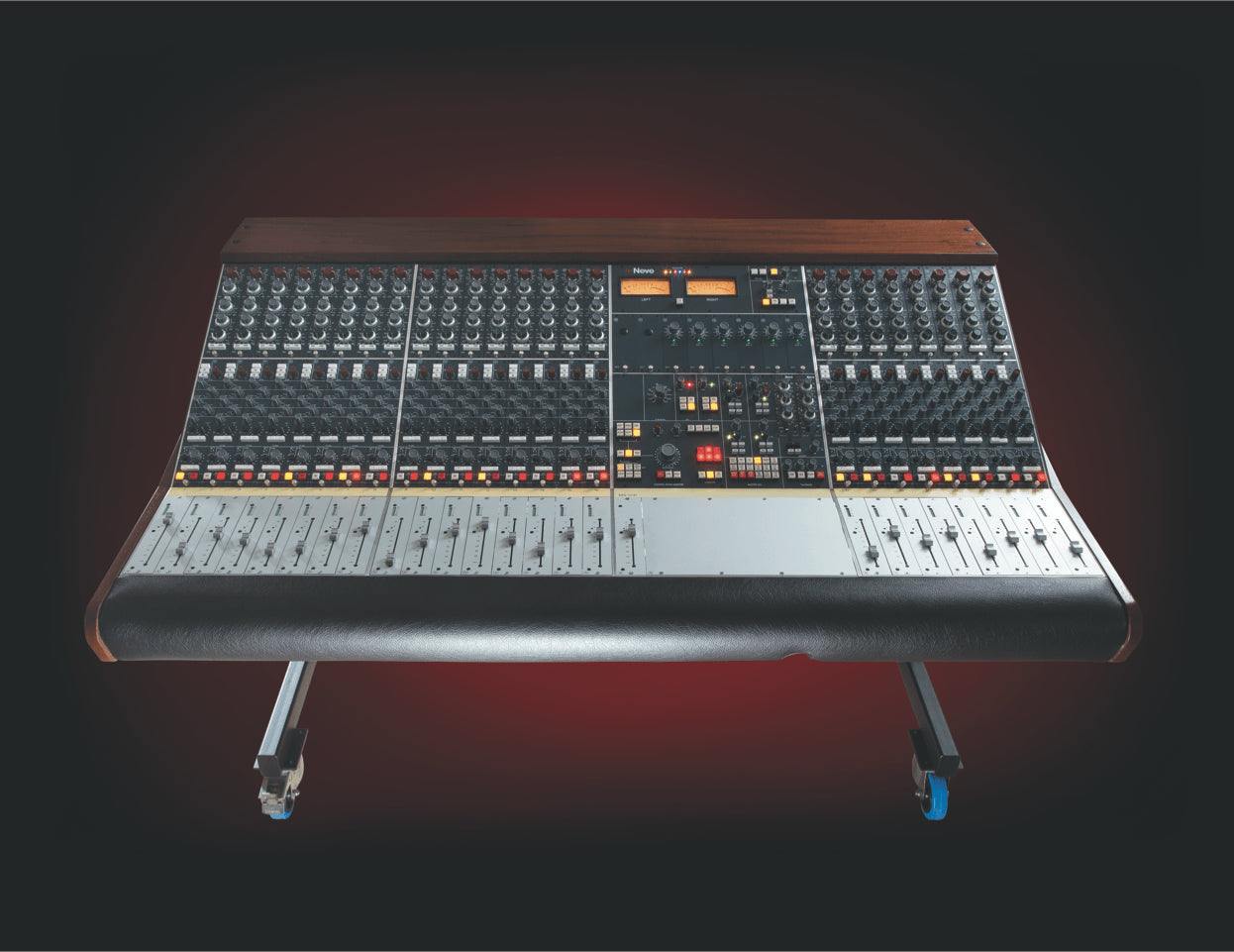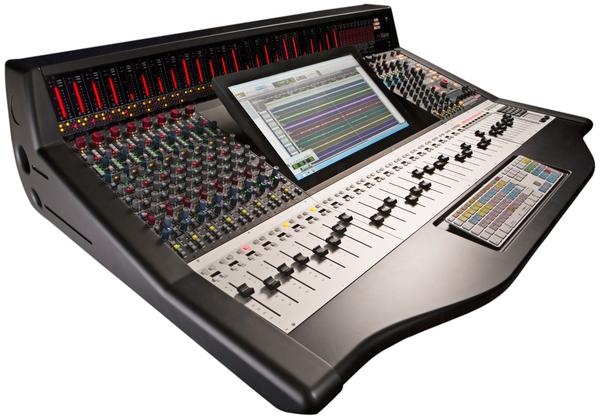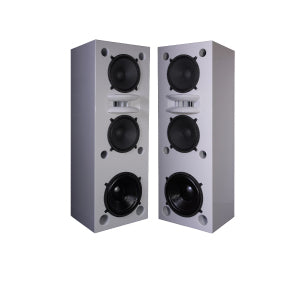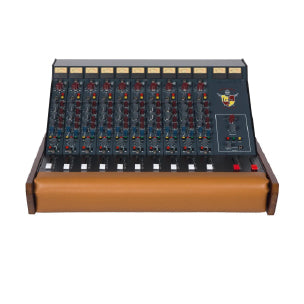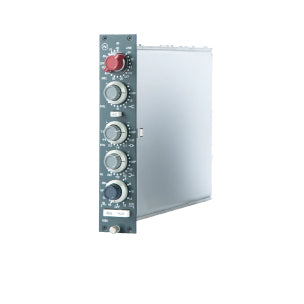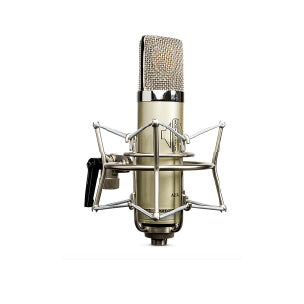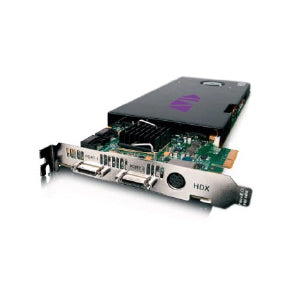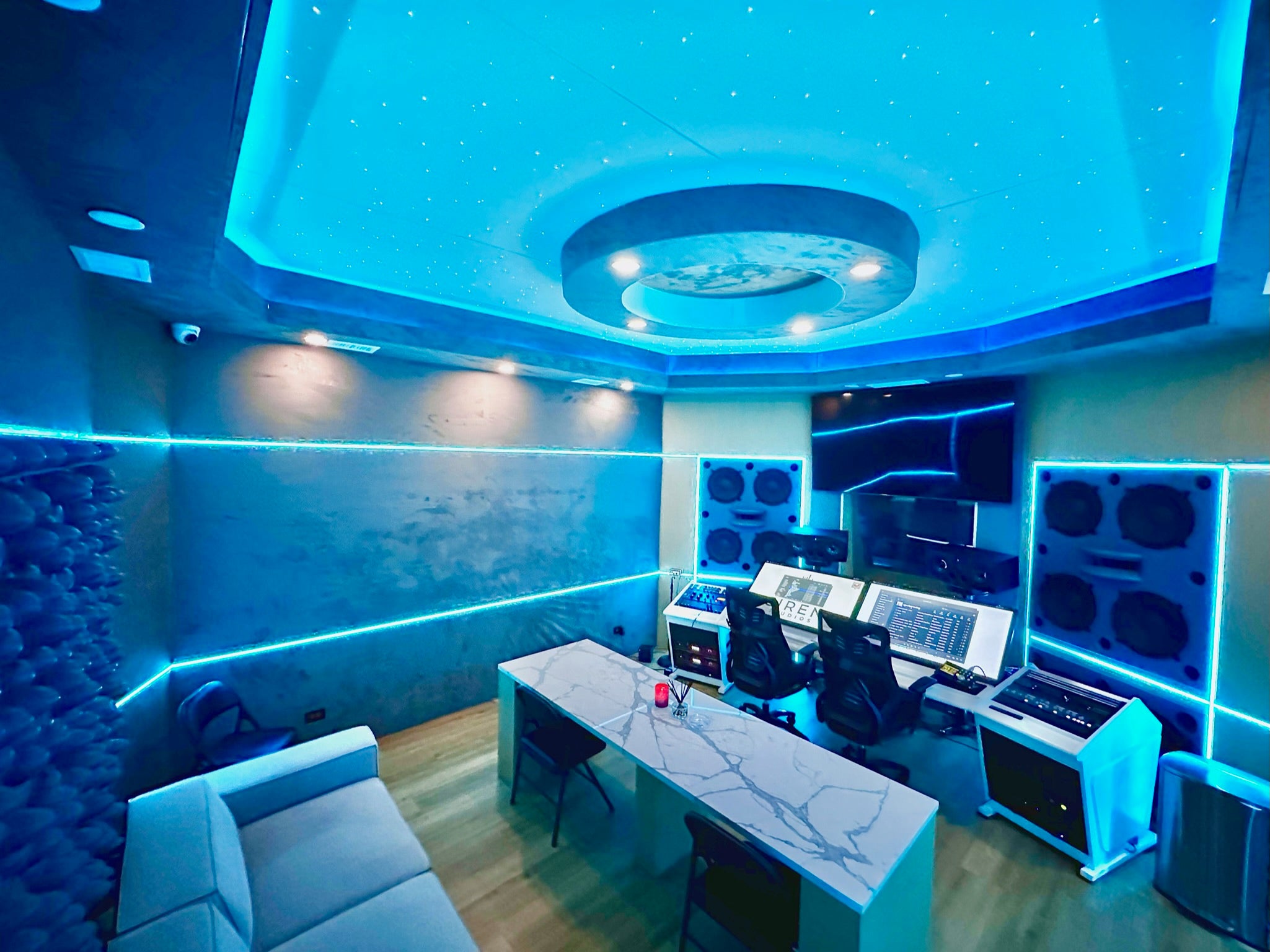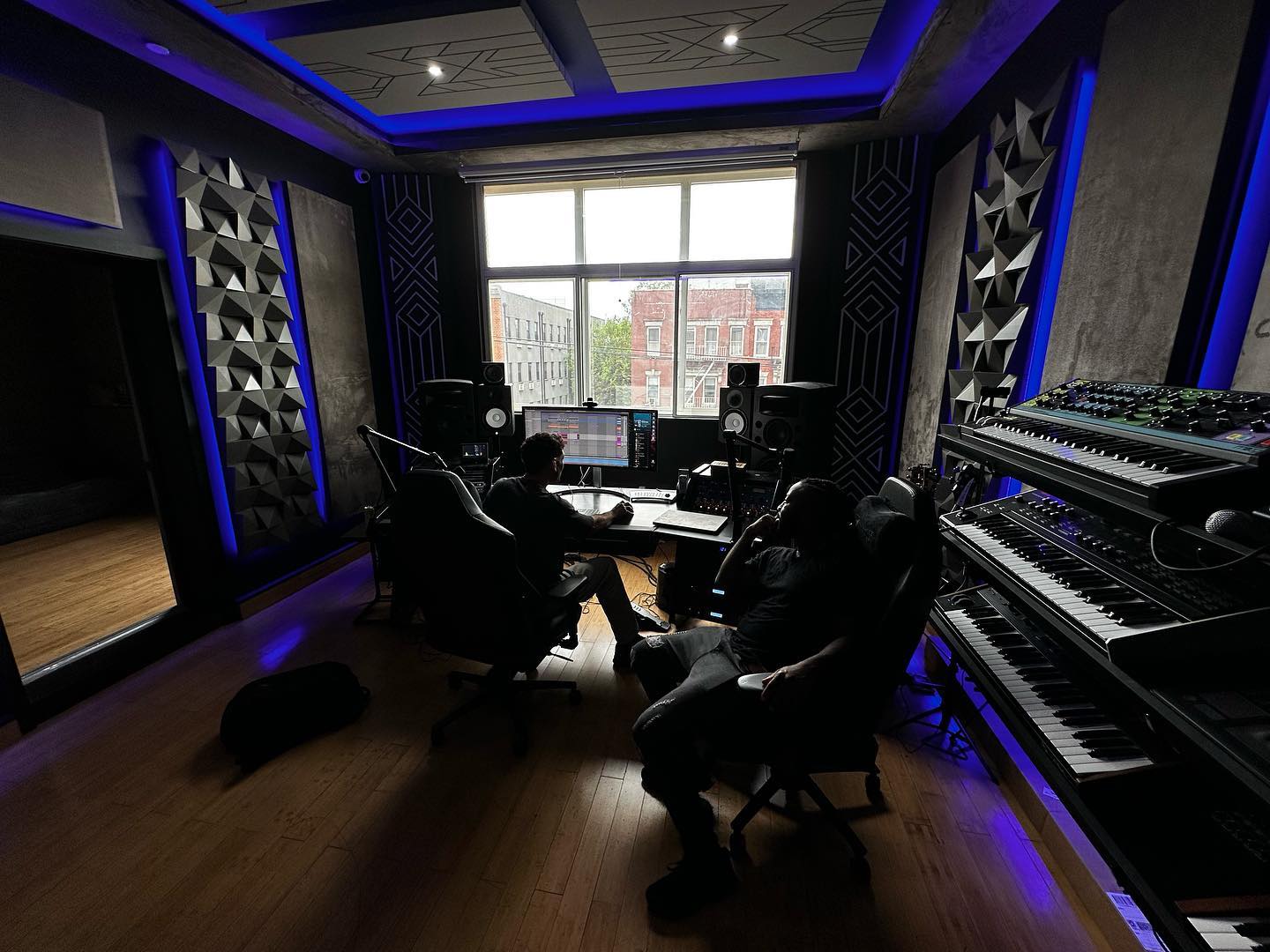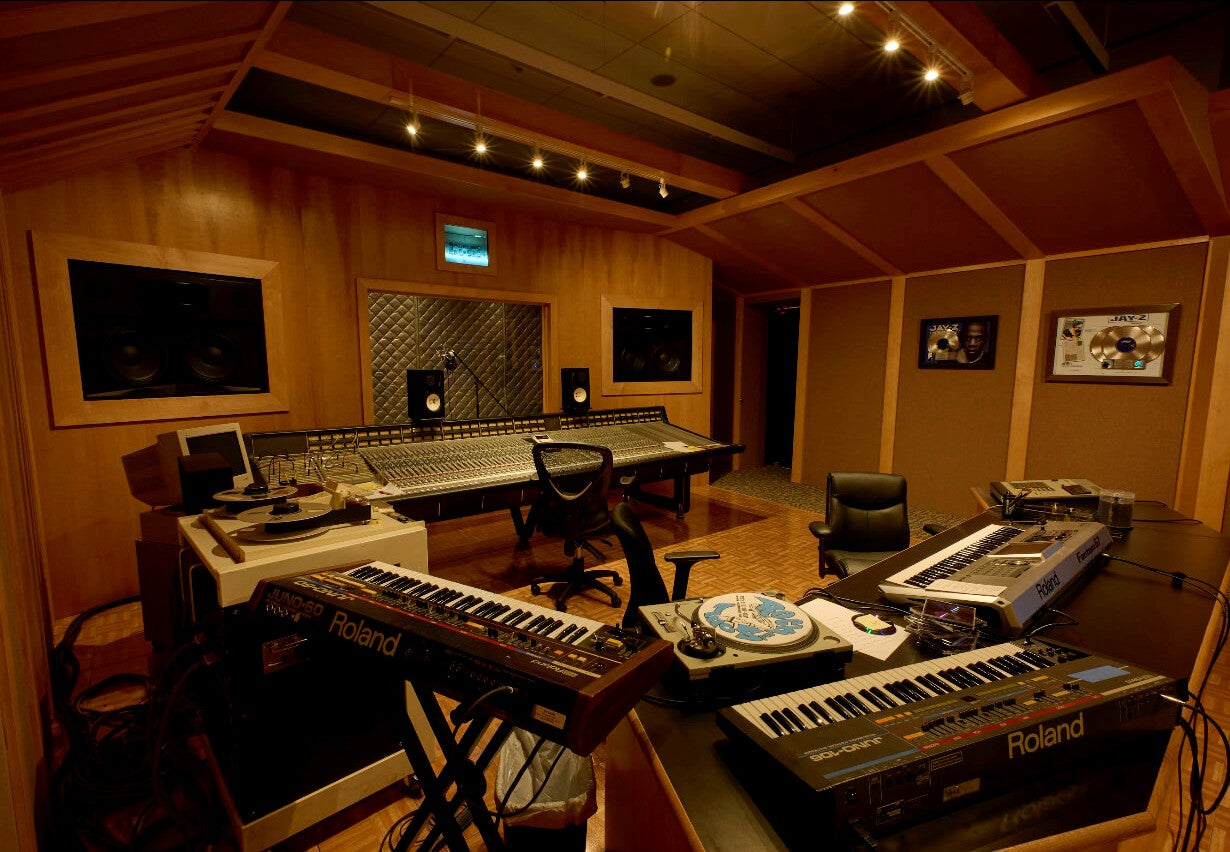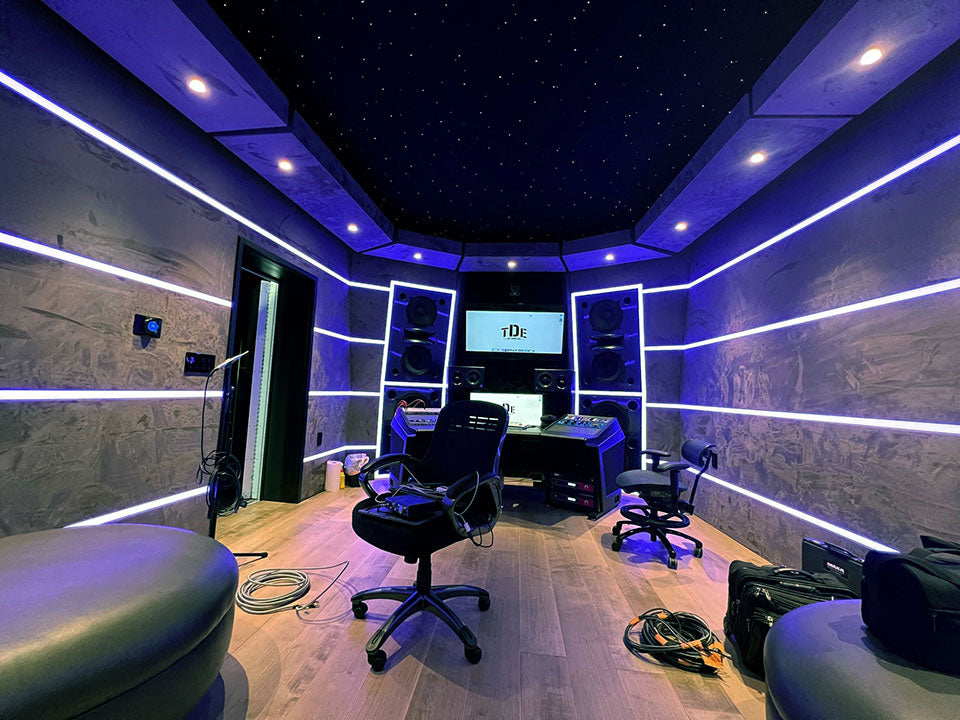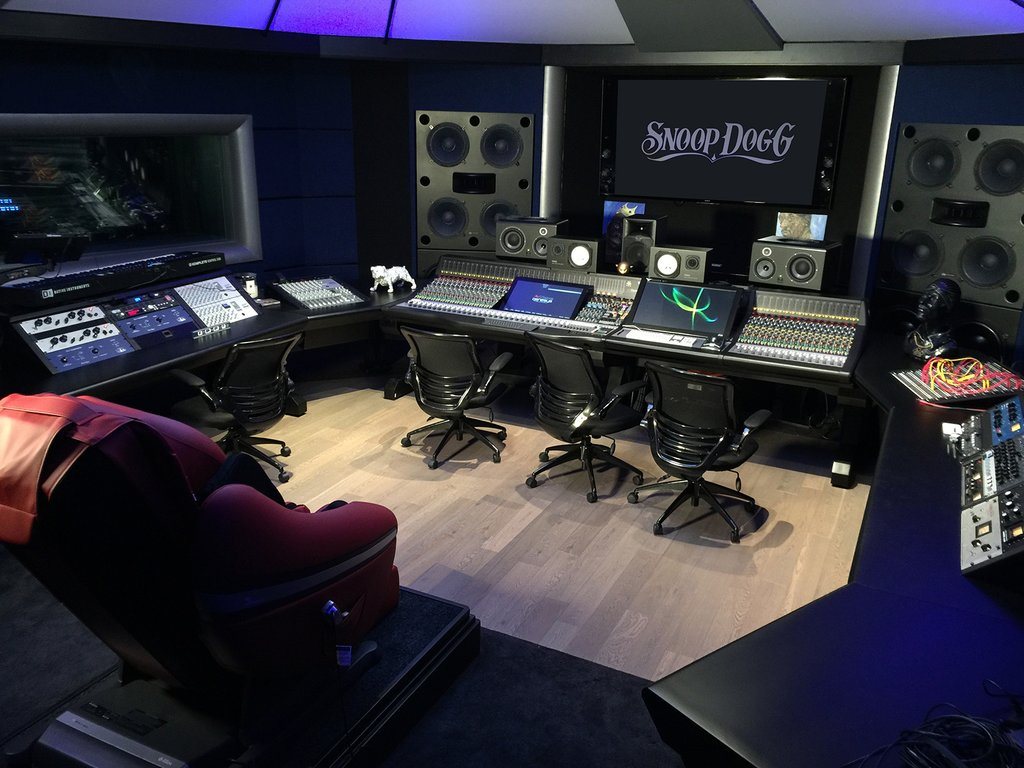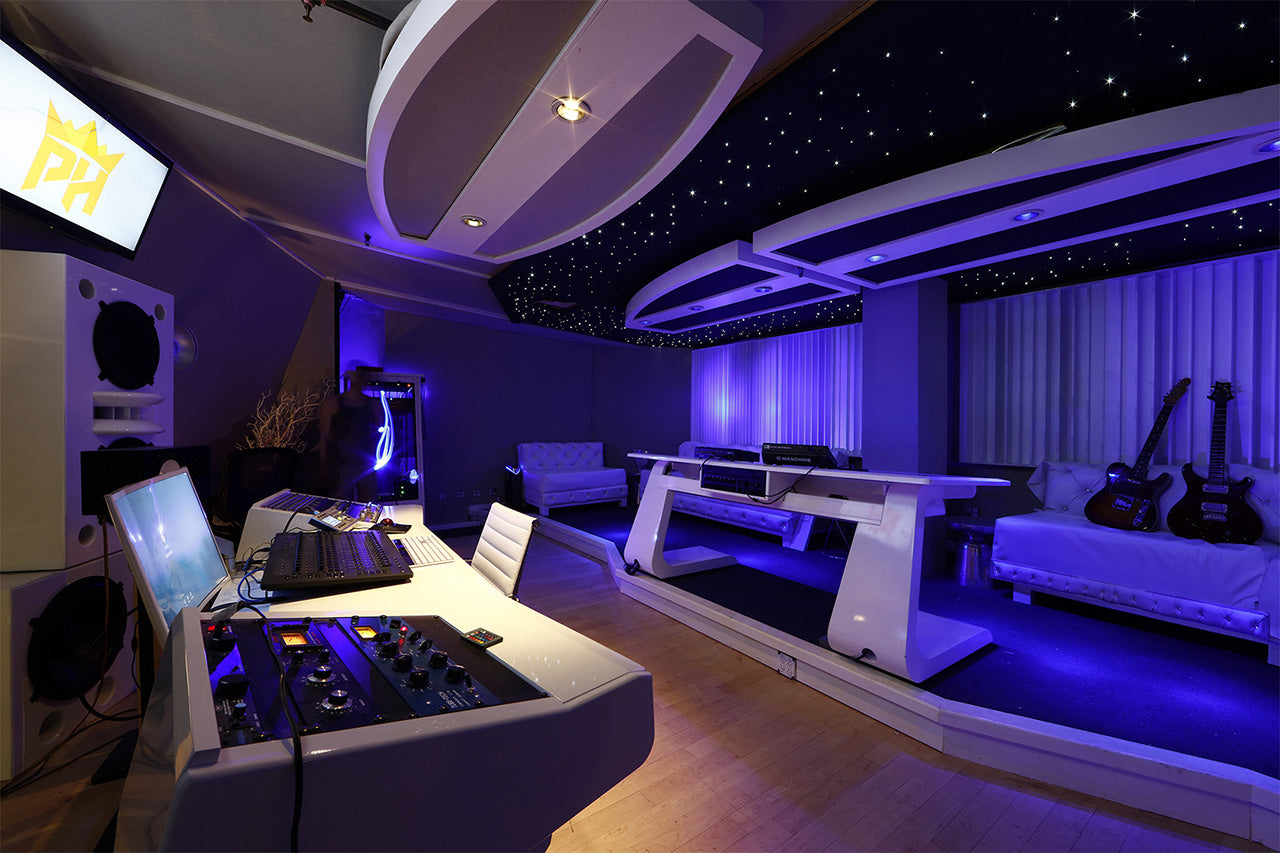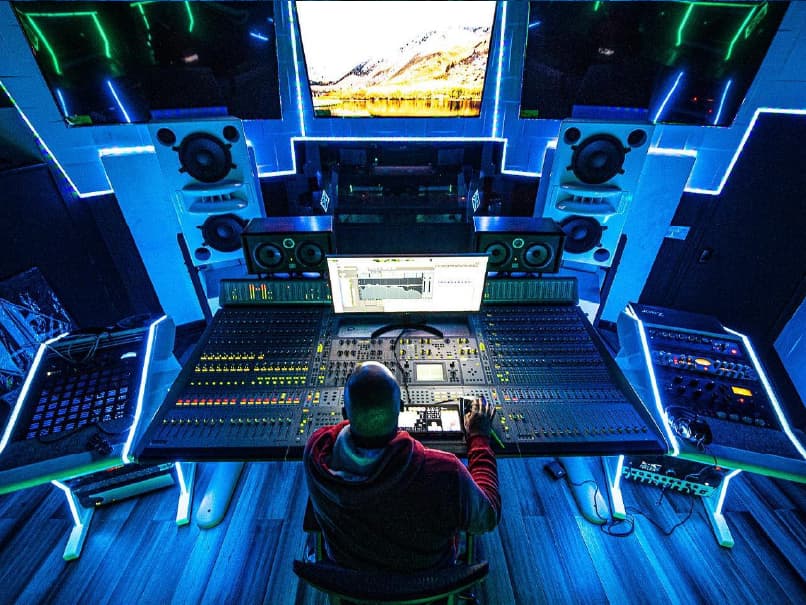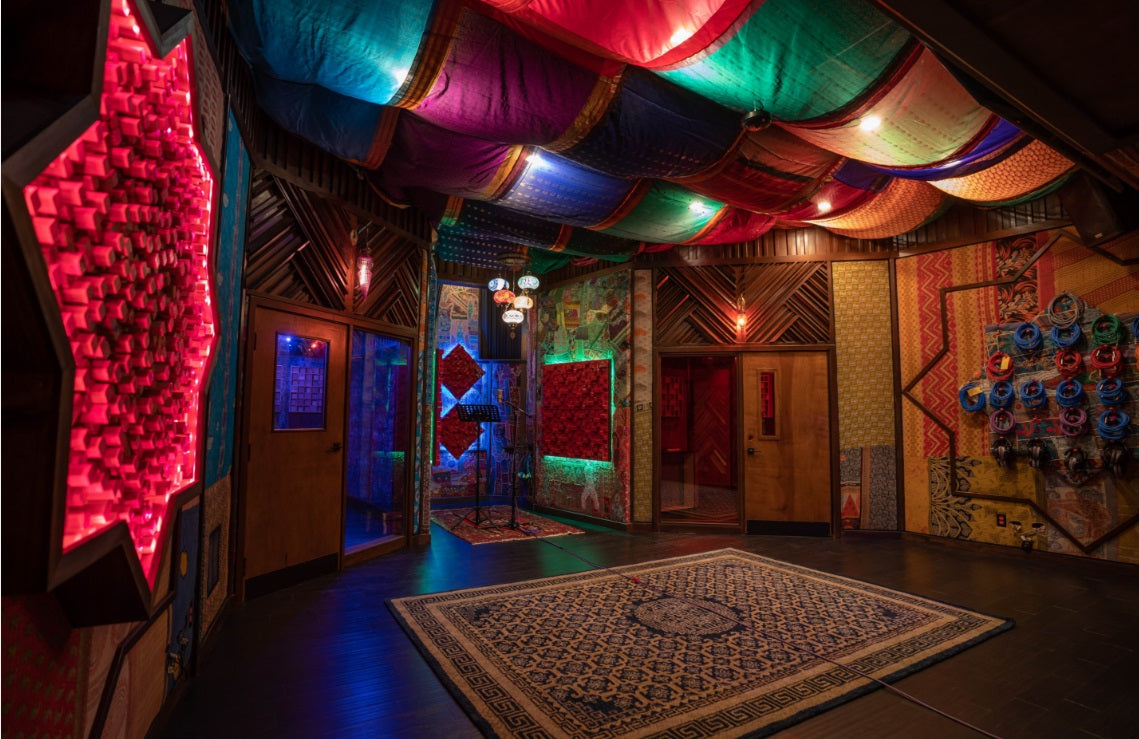
For industry insiders, the story of the Neve BCM10/2 is a familiar one. What was intended to be a breakthrough broadcast console in 1970 became an affordable (relatively speaking) means of adding 10 channels of Neve 1073 preamps and 1072 summing amp as a sidecar to the main console without having to pop for a full-blown Neve desk, or a second one crammed into your control room (yes, we’re talking to you, Andrew Scheps).
Of course, the BCM10/2 was not without limitations for studio work. In short, the 10 input channels were summed to a stereo bus with no direct outputs per channel (unless modified), making it useful as a submixer, but a tad clumsy as a recording desk. But all those vintage Neve 1073s in one package . . . drool . . .
After decades of requests from audio professionals and witnessing a feeding frenzy in the vintage markets for old BCM10/2s, AMS Neve answered the call with the recording-oriented BCM10/2 MkII—and then upped the ante with 16-, 24-, and 32-channel configurations, optional patchbay, mix-bus compression, aux sends, 5.1 monitoring, and more. If you’re looking for a no-frills, “just the fact’s ma’am” type of console with the world’s best-sounding preamps and EQs, this is the desk for you. With 24 channels of 1073N preamps, plus the ability to upgrade to 1073 Classic and 1084 Classic preamp/EQs, the BCM24/2 Mk2 gives you all the analog sound and fury that 1s and 0s just can’t compete with.
But what about console emulation plug-ins?
When you think about it, since DAWs and plug-ins took over recording and mixing, manufacturers have spent untold millions of dollars in R&D to make plug-ins sound and behave more like the analog equipment they emulate—and they mostly emulate analog gear from the ’70s. While most will agree that plug-ins have gotten quite good, console emulation plug-ins only model one channel of a console, which, when spread out over numerous tracks, sounds dramatically different than the modeled channel, and makes the mix sound smaller, due to precisely the same processing on every channel. It’s like boosting 8kHz EQ on every channel; your mix starts to sound dull instead of brighter. It’s all about contrast.
Since electronics is not an exact science, there is always some variation between console channels. It’s in that margin of error where the magic and dimensionality of analog lives. Our ears love differences, whereas too much of the same turns us off. There’s a reason for that: The real world is analog, and nature doesn’t solve equations. So why not eliminate the middle code and go right for the analog solution, such as the BCM24/2 or other analog desks.
Ain’t nothing like the real thing, baby

The simple truth is that analog consoles can do things that can’t be done by mouse or control surface. One such function is riding input faders—the secret to tracking superstar vocals and making a mix percolate with excitement. As any industry pro will tell you, riding faders will always sound better than compression, since there are no artifacts, no raised noise floor, and no loss of transients, plus, you can anticipate wide dynamic swings where a compressor can only respond after the fact. Yes, it’s risky, but that’s what separates the pros from the wannabes—rising to the occasion and daring to be great.
Another reason to go analog is that pulling back a DAW fader changes the sound, as mixers such as Chris Lord-Alge will confirm. Lowering volume on a digital fader reduces word-length and subsequently resolution, which changes the makeup of the sound (it gets fuzzy). Whereas in analog, the signal maintains its texture and punch, while the integrity of its wave shape stays intact regardless of level.
Hybrid mixing—the best of both worlds
If repeatability is an essential part of your workflow due to client change-requests coming days or weeks after a mix is finished, you can still use a stellar-sounding analog desk for summing or stem mixing. Just set your faders at -20dB, send your stems to the console, and do your automation in the DAW. Even if you route to some outboard, it’s still much easier to recall a mix than if you did everything in the analog domain—and with a BCM24/2, you get the benefits of all those custom Neve transformers warming and widening your mix.
Another benefit of going through a console is that you don’t have to be as careful with your track levels in the DAW. Once you have your sound, red lights be damned (especially with 32-bit floating-point processing). Just make sure you’re not losing your tops, watch levels going back into the DAW, and Bob’s your uncle.
At the end of the day, it’s sound quality, emotion, and human interaction that makes great music—something that crunching numbers in a no-risk environment just can’t stand up to. If you want to make records the way records should be made, there’s no substitute for a great-sounding console. Well, that’s our story and we’re sticking to it.
For more information on the AMS Neve BCM24/2, or other consoles that may better suit your needs, call 877-223-8858 or chat online with your PAD Professional today.
Neve 1066, 1073, 1084, what’s the difference?
In the early seventies, Neve consoles were modular enabling studios to choose their channel count. The 10-series preamp/EQ modules, which included the 1066, 1073, 1081, 1084, and 1072 line amp were built to populate 80-series consoles. They all share the same input and output stages, but differ in terms of equalizer bands having different center frequencies and slopes. The concept was to offer engineers a variety of EQ options while maintaining sonic consistency throughout the desk. In essence, with the exception of the 1072, which was designed for the gain makeup of the summing matrix, they are all essentially the same preamp with different EQs.
